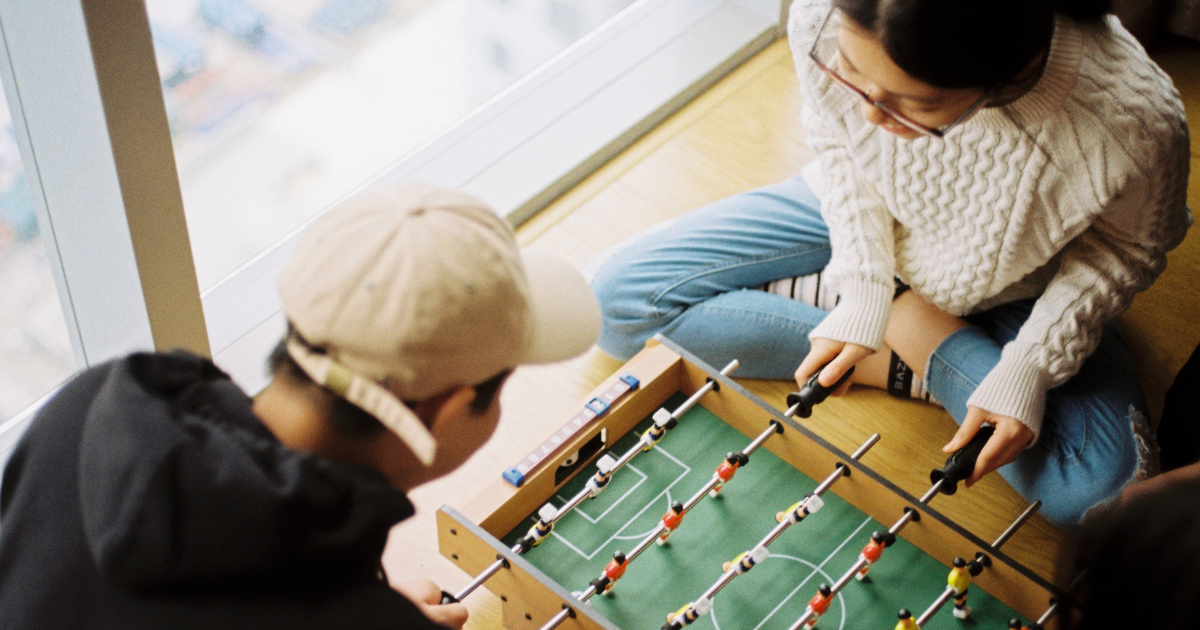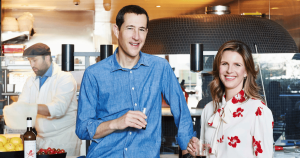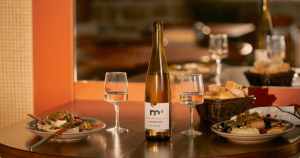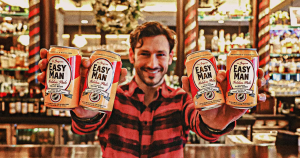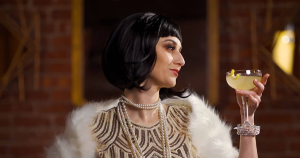Sobriety is gaining momentum across American campuses, slowly reshaping the traditional narrative of college drinking culture. At institutions like Stanford University, the concept of “equally attractive non-alcoholic beverages” (EANABs) is gaining traction, not just as an alternative but as a preferred choice at social gatherings. This shift is further evidenced by the increasing popularity of substance-free housing options, as reported by the Boston Globe, offering students a living environment free from the pressures of alcohol consumption. Non-alc is even starting to infiltrate the traditionally booze-centric college sports context; Recess recently became the first official mocktail of a college team, partnering with the University of Southern California Trojans.
Firsthand accounts from college students and staff further illustrate this shift. A fraternity manager at a large state school recently wrote to me about the marked reduction in drinking within his fraternity. He notes: “We even have sober brothers in the house. These are the most ambitious frat guys studying for business degrees. They have too much to do the next morning.” An undergraduate at the University of Cincinnati explained to me that her generation is “diverting away from alcohol consumption altogether, but primarily in social settings.” She also identified a clear generational gap: “Members of my family have been surprised that I’ve turned away from alcohol in search of a meaningful social and personal life, alcohol-free, as alcohol is such a staple in their lives.”
One woman’s personal account in the Washington Post highlights a broader shift, with more students embracing post-grad sobriety. “I was embarrassed about not drinking in college. But I’m not anymore, and you shouldn’t be, either.” Why? “Sobriety in the post-grad years is more common than you might think, and the NoLo (no- and low-alcohol) movement seems only to be growing,” she explains. That said, prominent figures are still glamorizing drinking during and post college. The clearest example is Alix Earle, a TikTok creator with over six million followers and nearly one billion likes, who regularly documents her druken escapades and their aftermath. Nevertheless, this trend, no matter how slow moving, is particularly significant given the influential role early adulthood experiences play in shaping lifelong habits and preferences.
Implications:
- Targeted Marketing: Non-alc brands have a unique opportunity to engage with today’s college demographic. Marketing campaigns can focus on inclusivity, wellness, and the social aspects of non-alc beverages, appealing to students’ increasing desire for booze-free social experiences.
- Campus Engagement: Collaborating with colleges and student organizations to sponsor events can be a strategic move to gain visibility and build loyalty. Brands can also consider establishing college ambassador programs.
- Product Innovation: There’s a growing demand for non-alc options at social events that go beyond soda and seltzer. Brands can innovate with flavors and formulations that cater to the palates of college students. Consider experimenting with non-carbonated SKUs, which some market research indicates is more appealing to this demo.
Get the latest trends in your inbox. Subscribe to The Navigator, our weekly newsletter tailored for non-alc brand founders and operators.


